Tehran, June 28 (V7N) — Despite the extensive US-Israeli strikes on Iranian nuclear facilities, Iran retains the capability to build nuclear weapons, warned Olli Heinonen, former deputy director general of the International Atomic Energy Agency (IAEA), in an interview on the podcast Eye for Iran.
Heinonen expressed concern that the exact location of nearly 400 kilograms of 60% enriched uranium — sufficient to potentially produce 10 nuclear bombs if further enriched to 90% weapons-grade — remains unaccounted for.
"Until the IAEA can verify where this uranium is, the risk remains," Heinonen cautioned. He noted that Iran’s nuclear program could still operate from small, hidden facilities. “A facility the size of a normal workshop with about 1,000 centrifuges could produce enough material for a first bomb in a matter of days,” he said.
The US strike, authorized by President Donald Trump early on June 22, involved 75 precision-guided missiles and two dozen Tomahawk cruise missiles targeting Fordow and other Iranian nuclear sites. Satellite imagery confirmed severe damage at Fordow, though suspicions remain that Iran removed stockpiles of uranium before the attack.
While Israeli intelligence described the strikes as setting back Iran’s nuclear program by “many years,” US assessments were more cautious, suggesting a delay of only “a few months.”
Heinonen pointed to Iran’s history of clandestine nuclear work and emphasized the speed with which remaining uranium could be weaponized. “Even with key facilities damaged, Iran has the expertise to build a weapon within a month,” he warned.
Meanwhile, Iran’s Foreign Minister Abbas Araghchi announced on Twitter that Iran’s parliament had voted to suspend cooperation with the IAEA until assurances about the security of its nuclear program are provided.
"If Iran truly pursues a peaceful program, there is no reason to block IAEA inspections," Heinonen said. He urged the international community to remain vigilant until the missing uranium’s location is confirmed.
END/RH/AJ



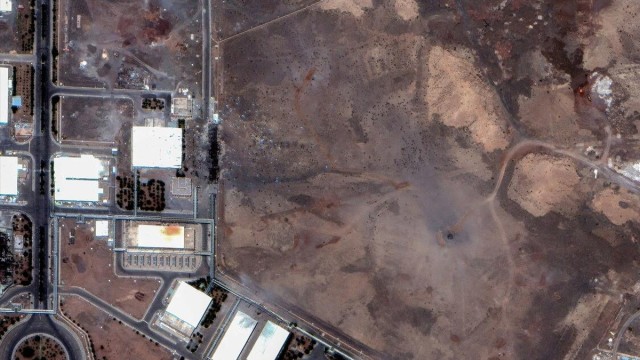
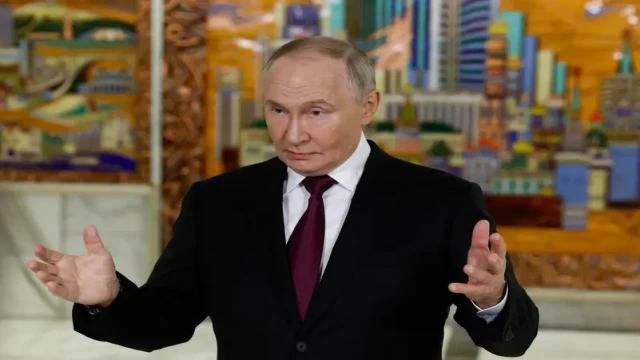


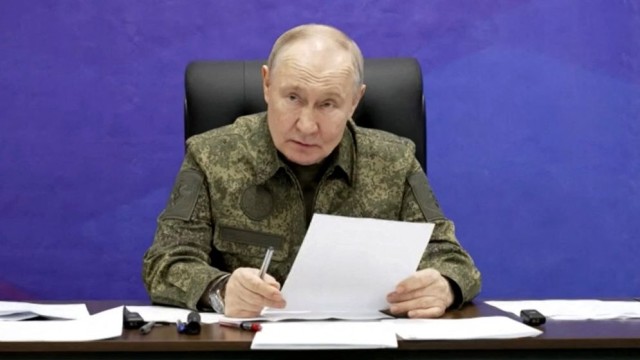
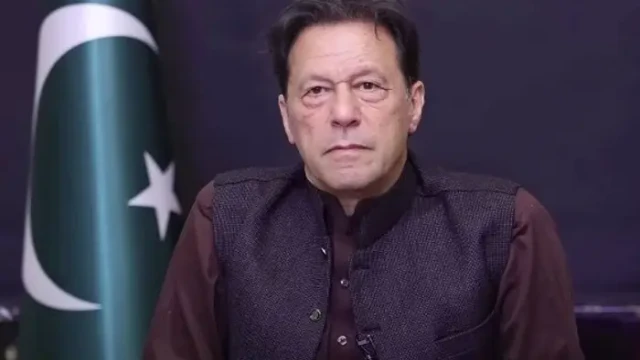
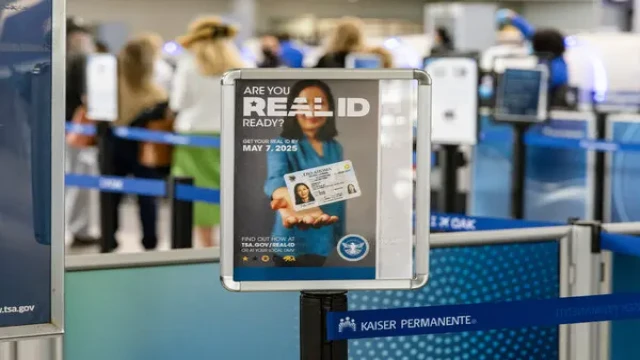










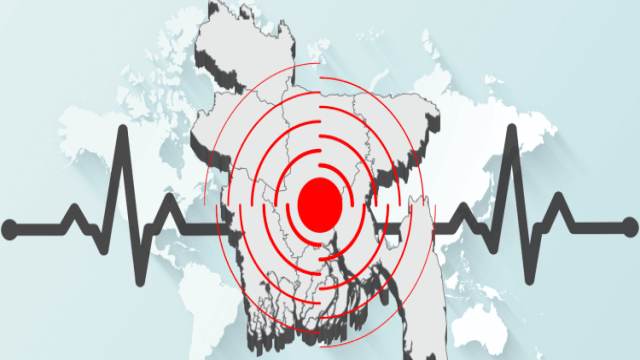


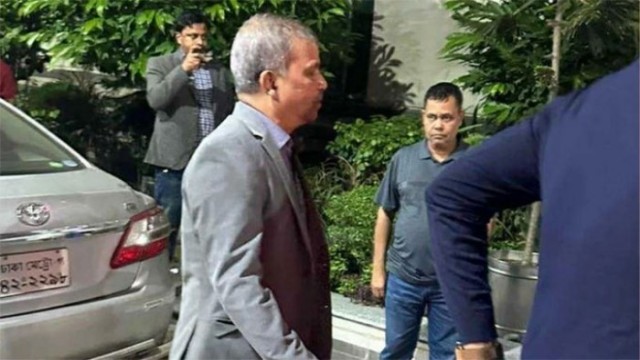


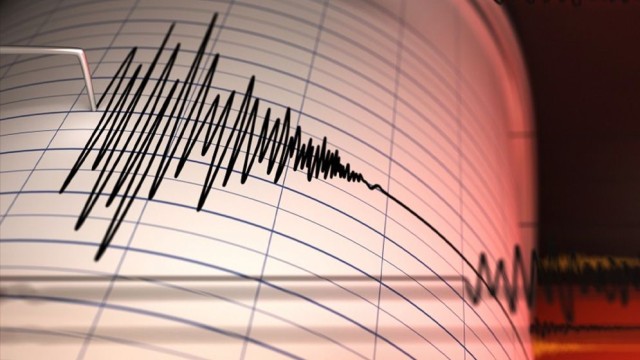



Comment: